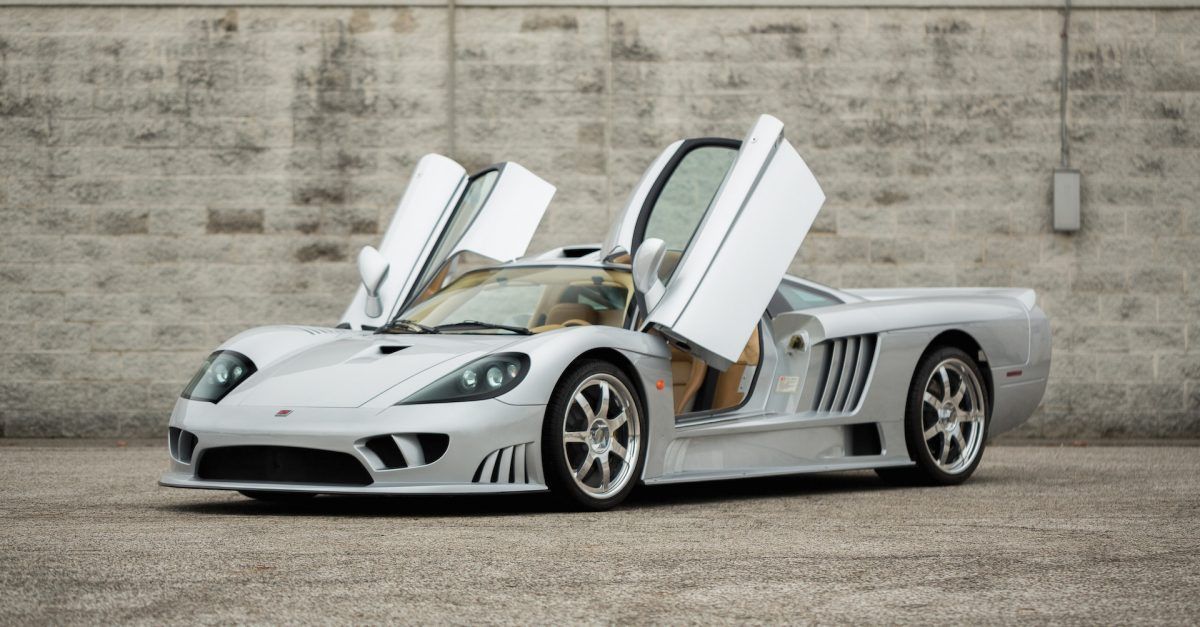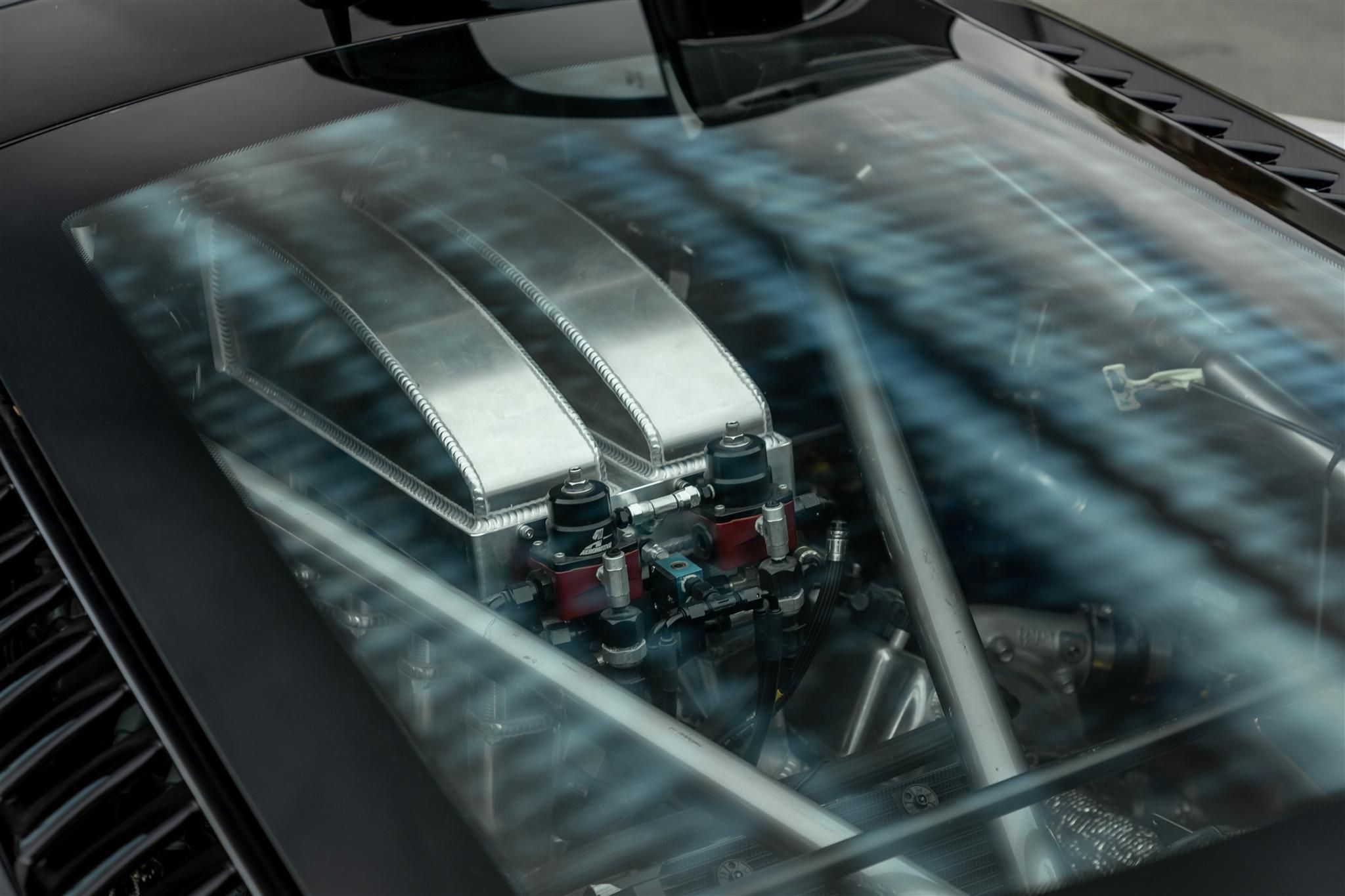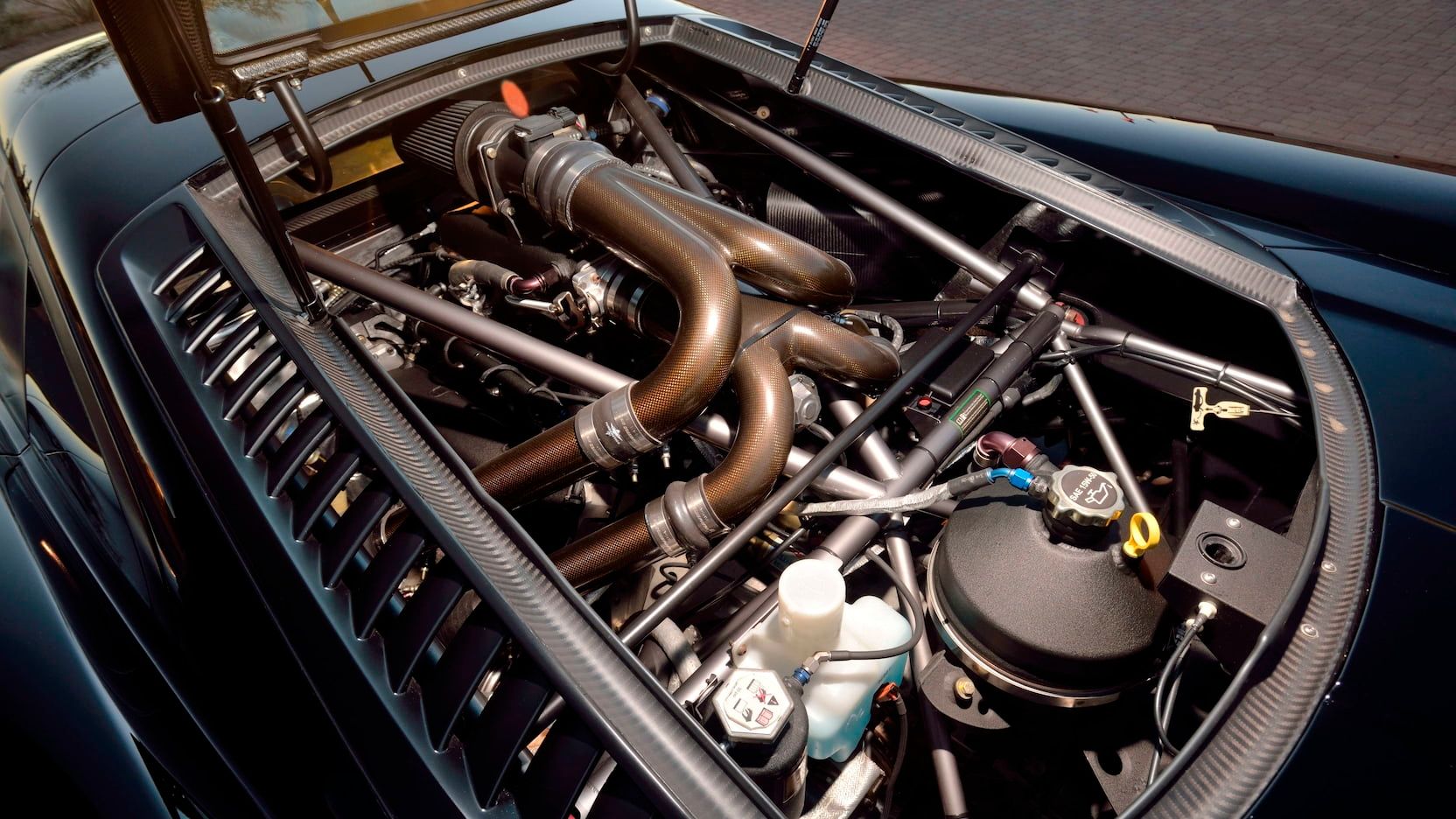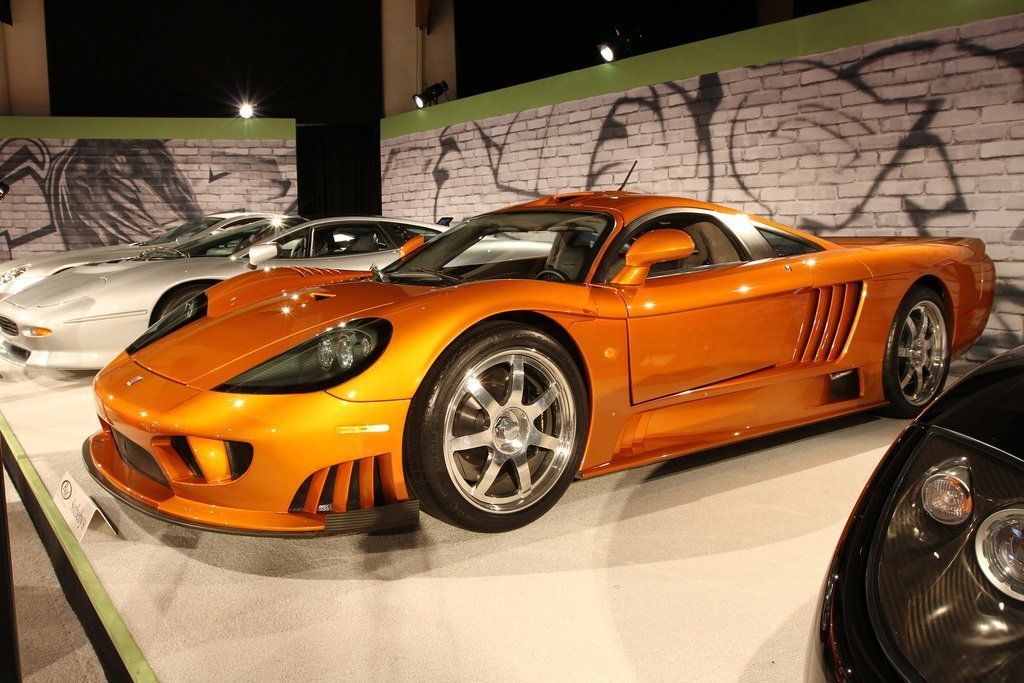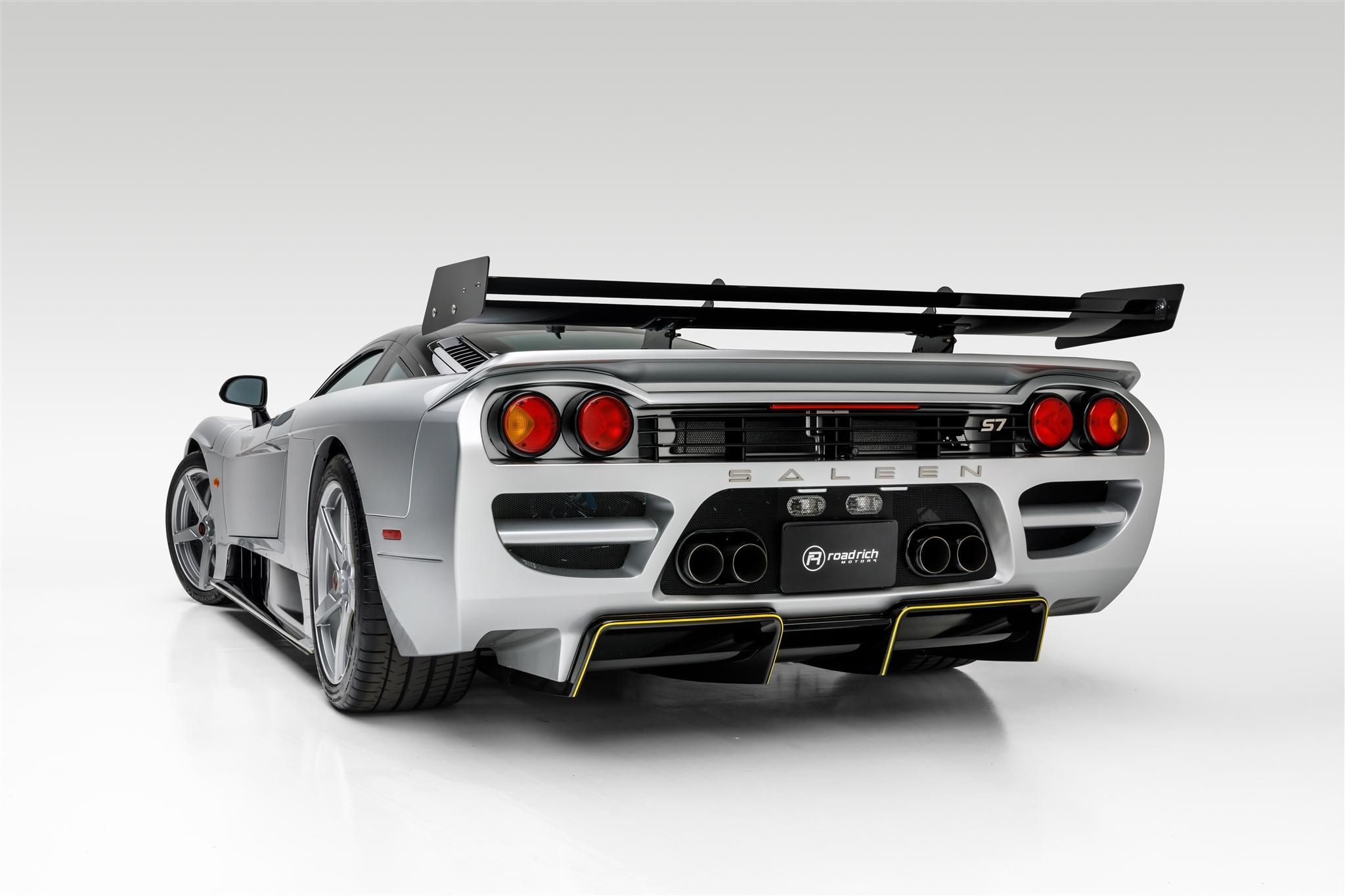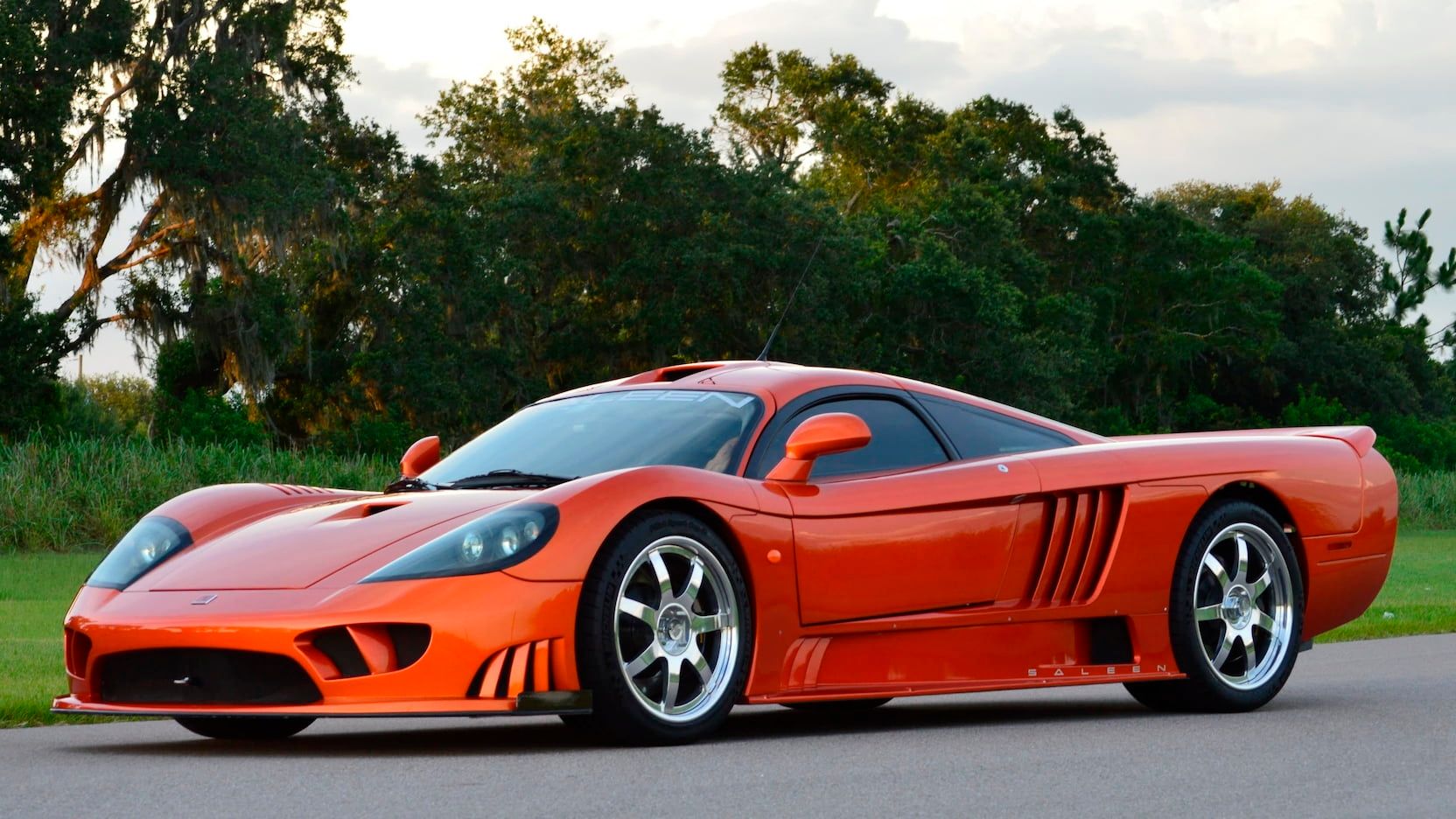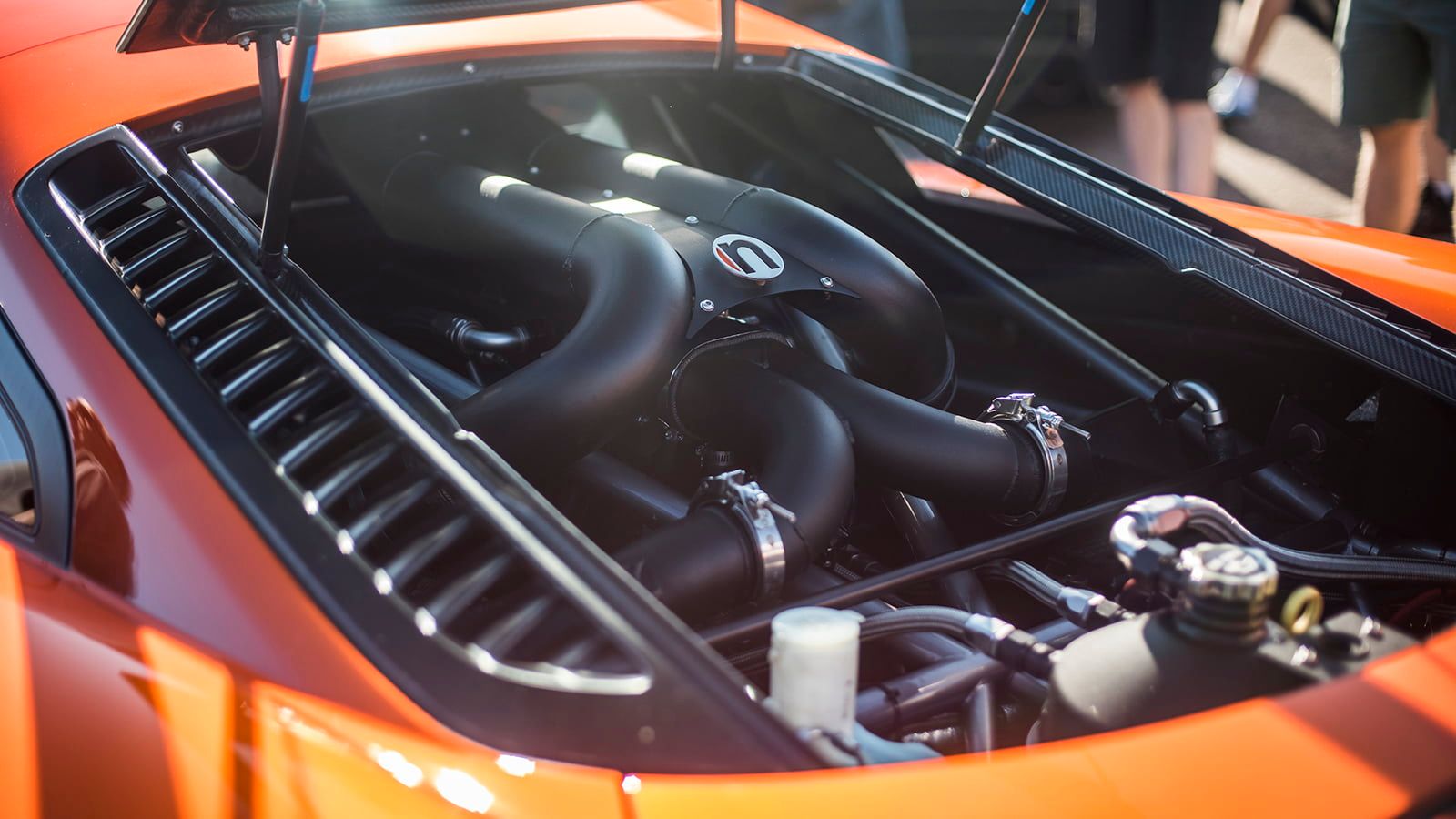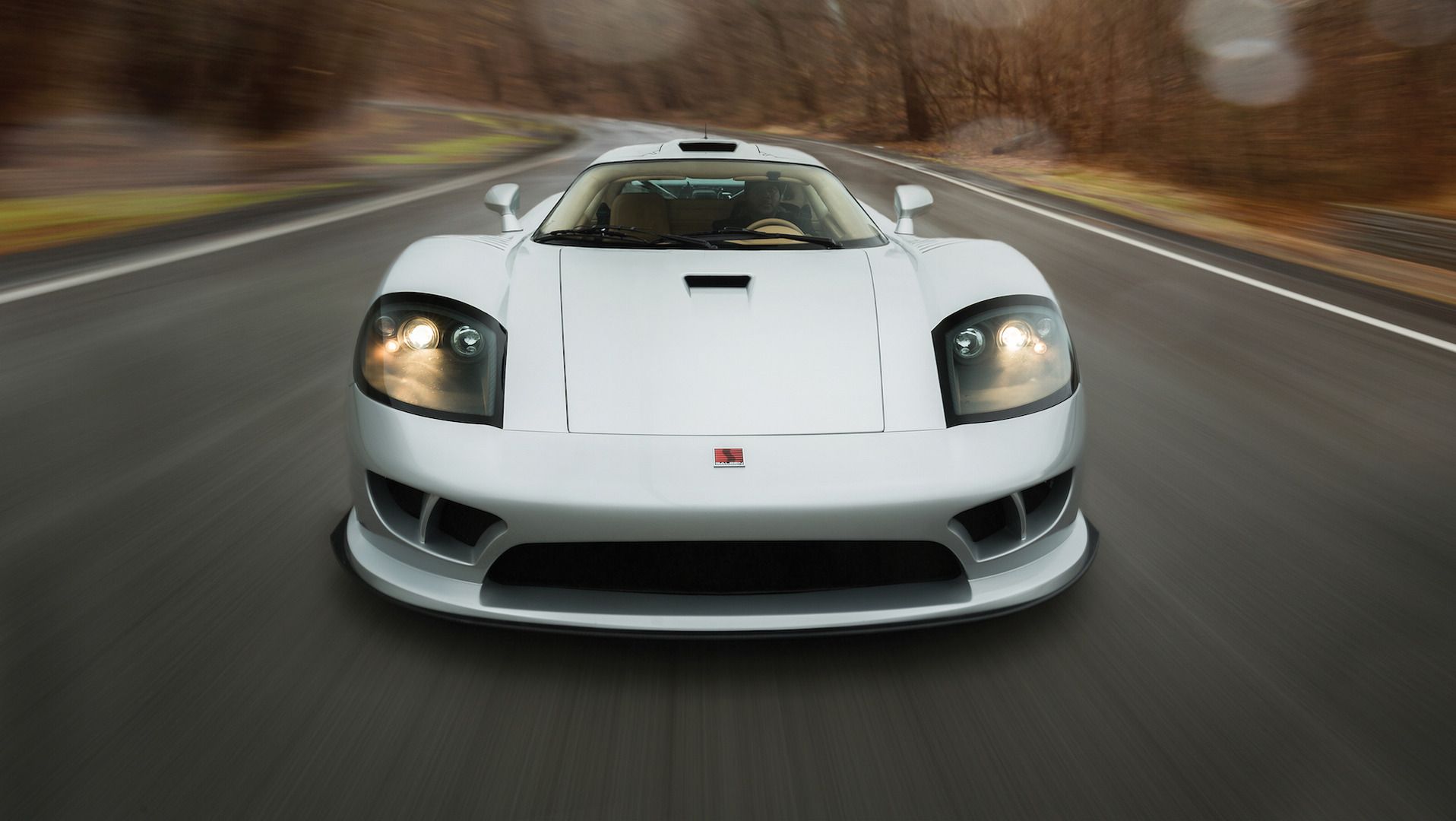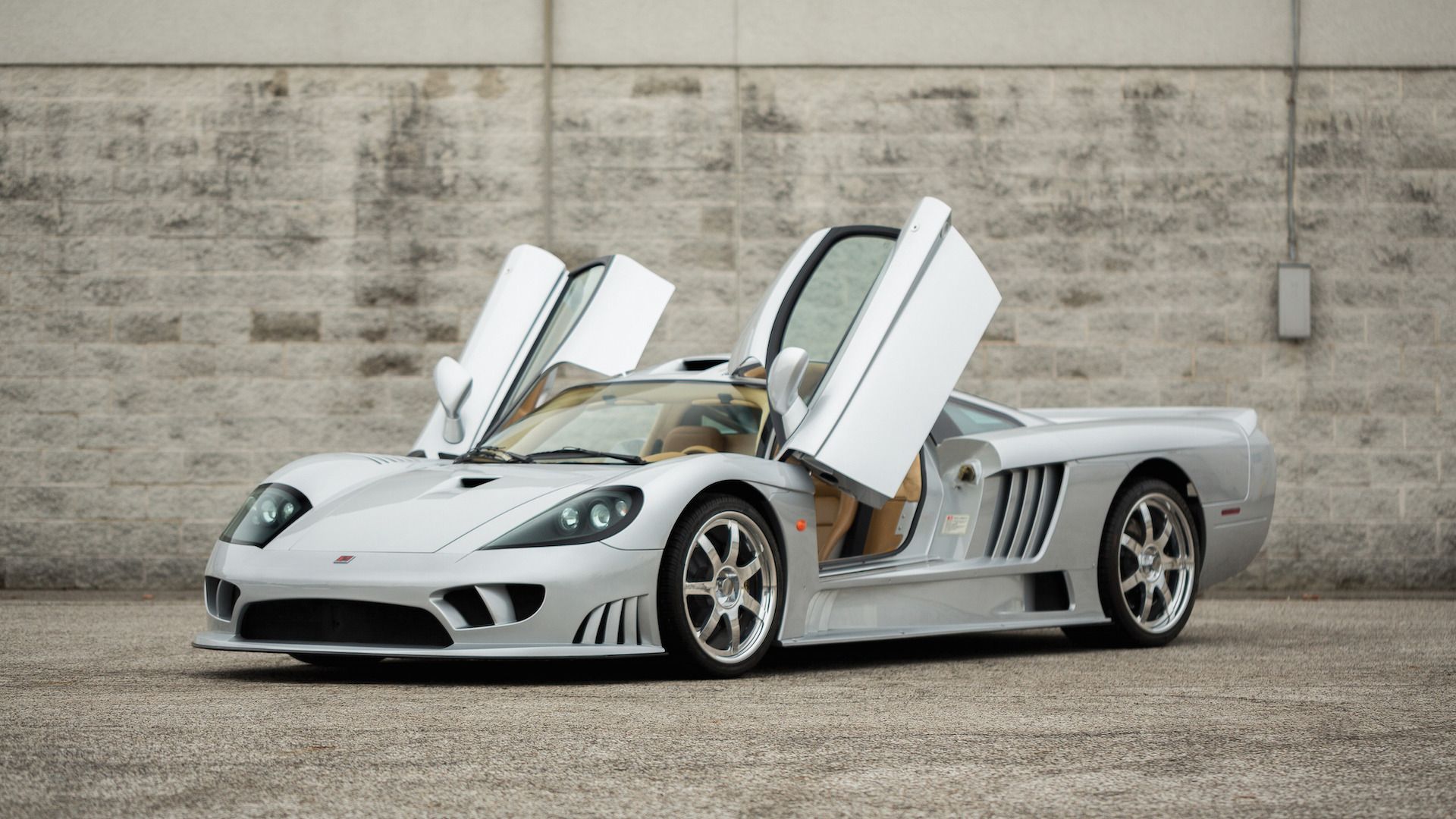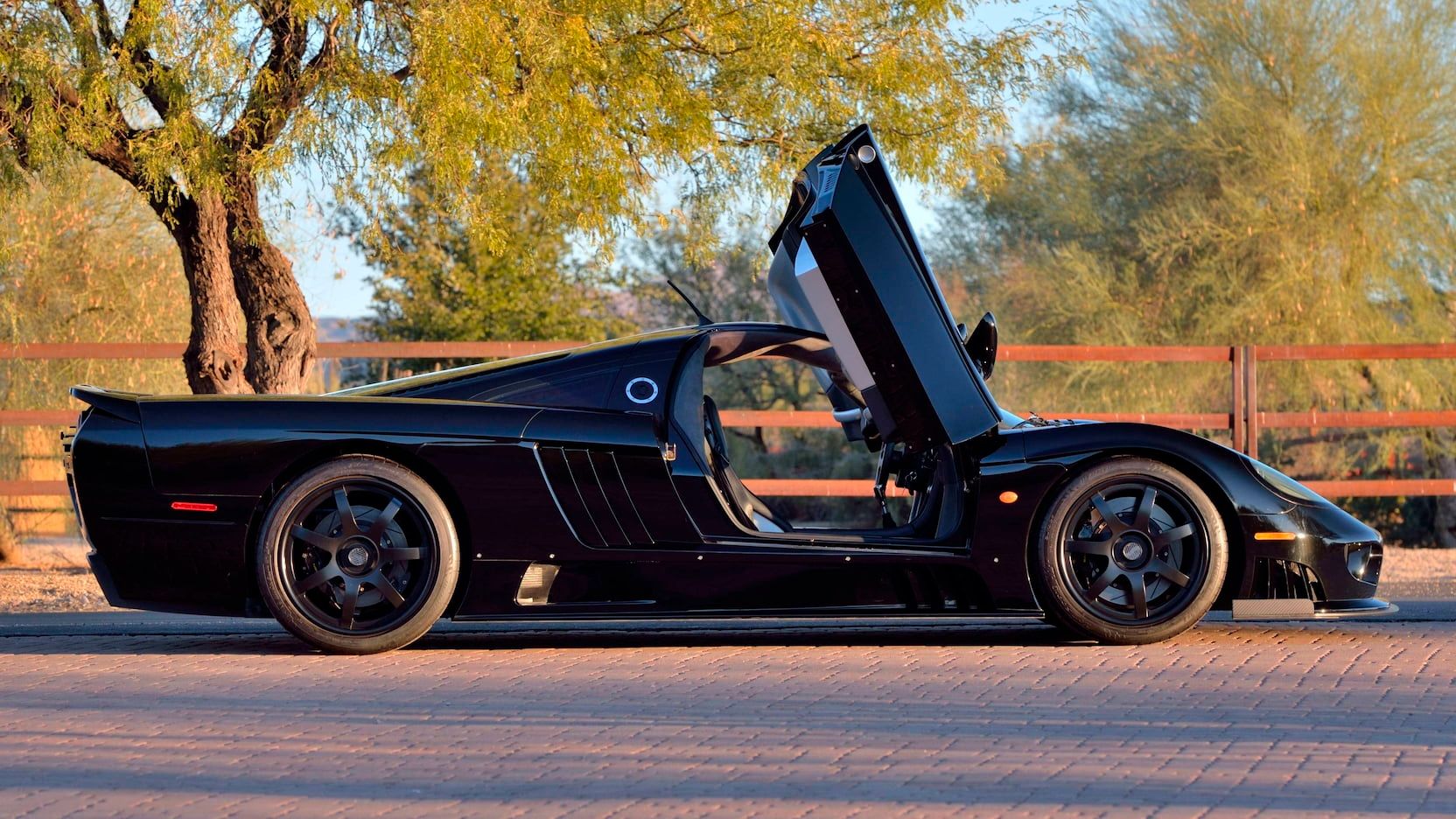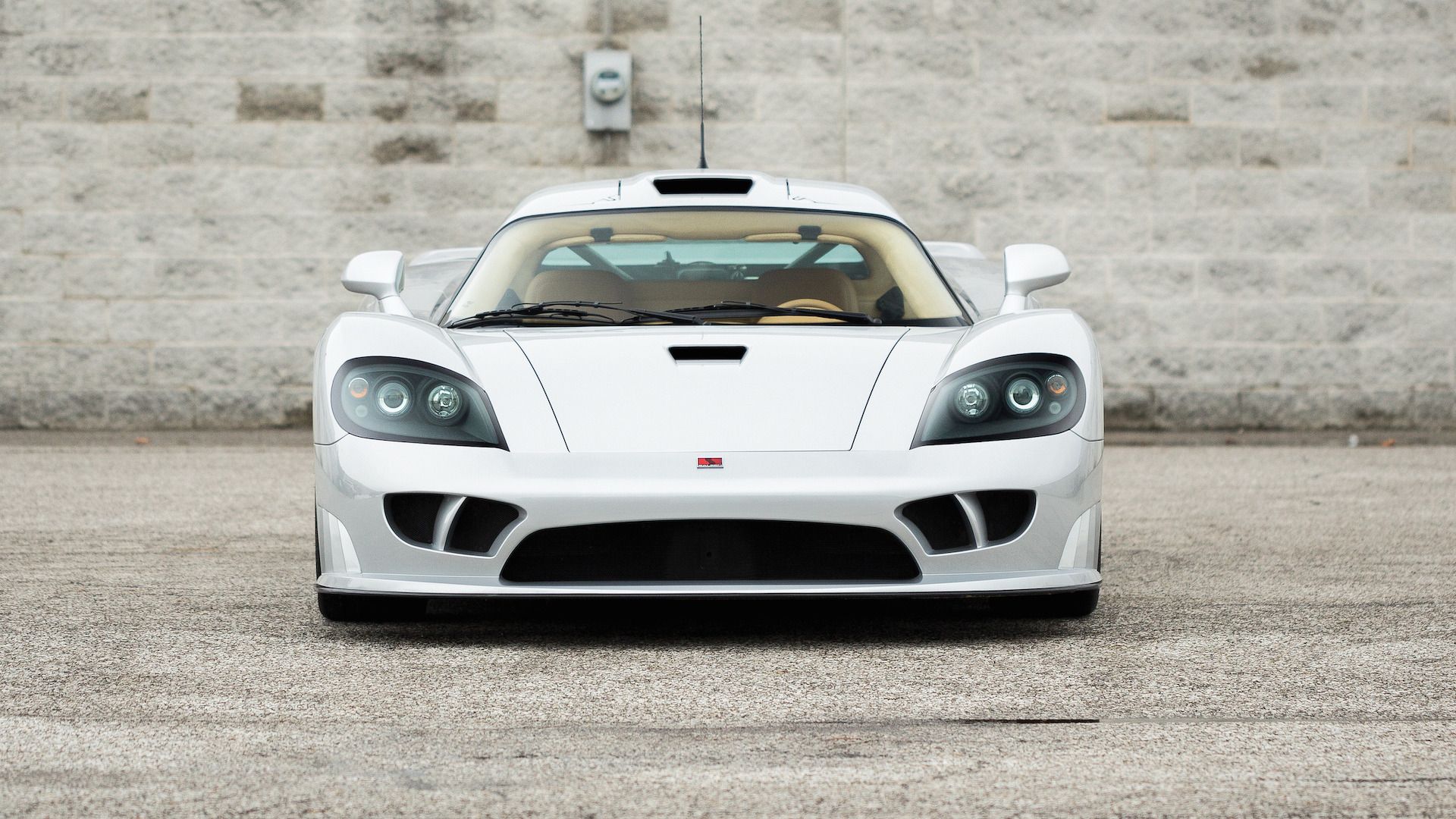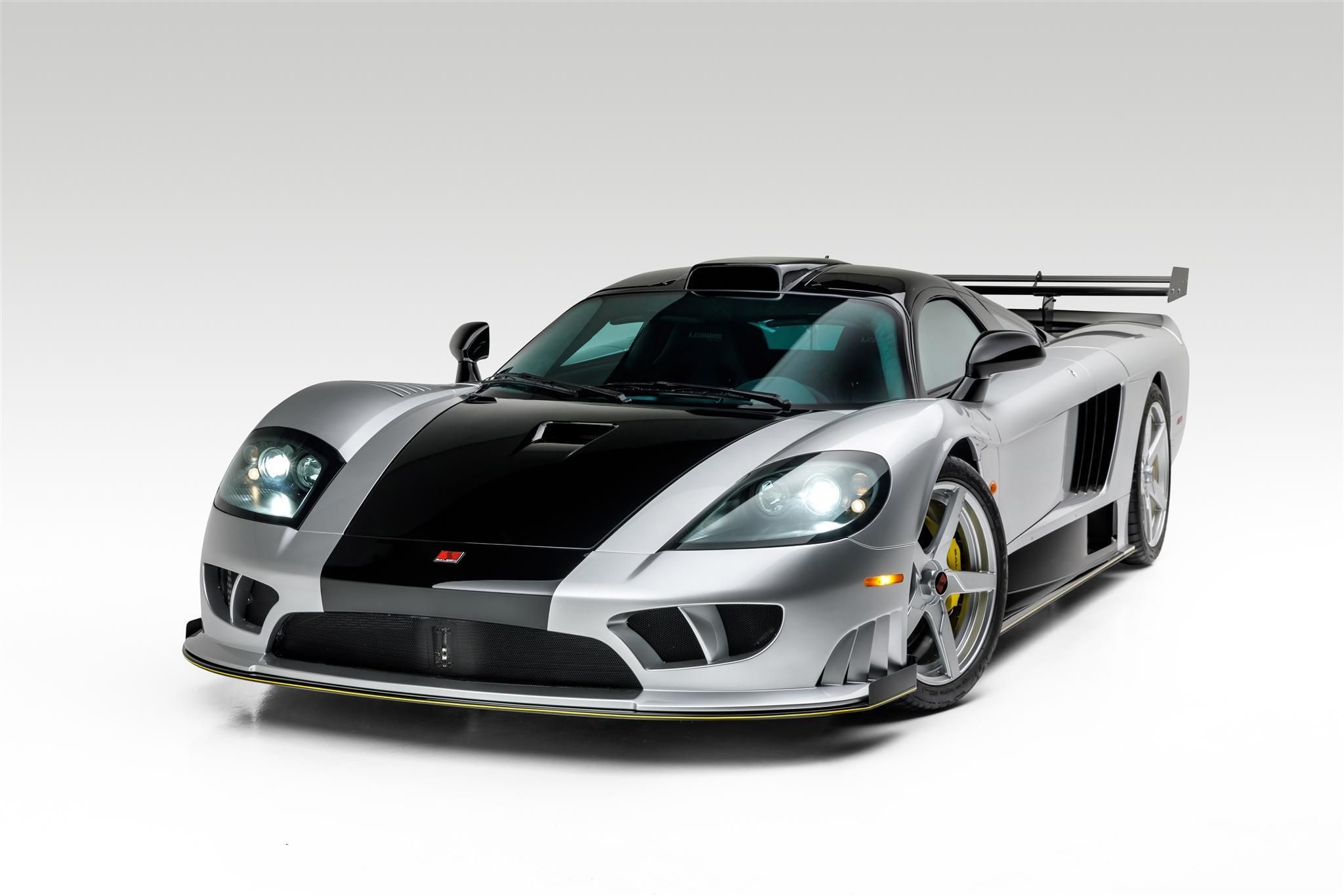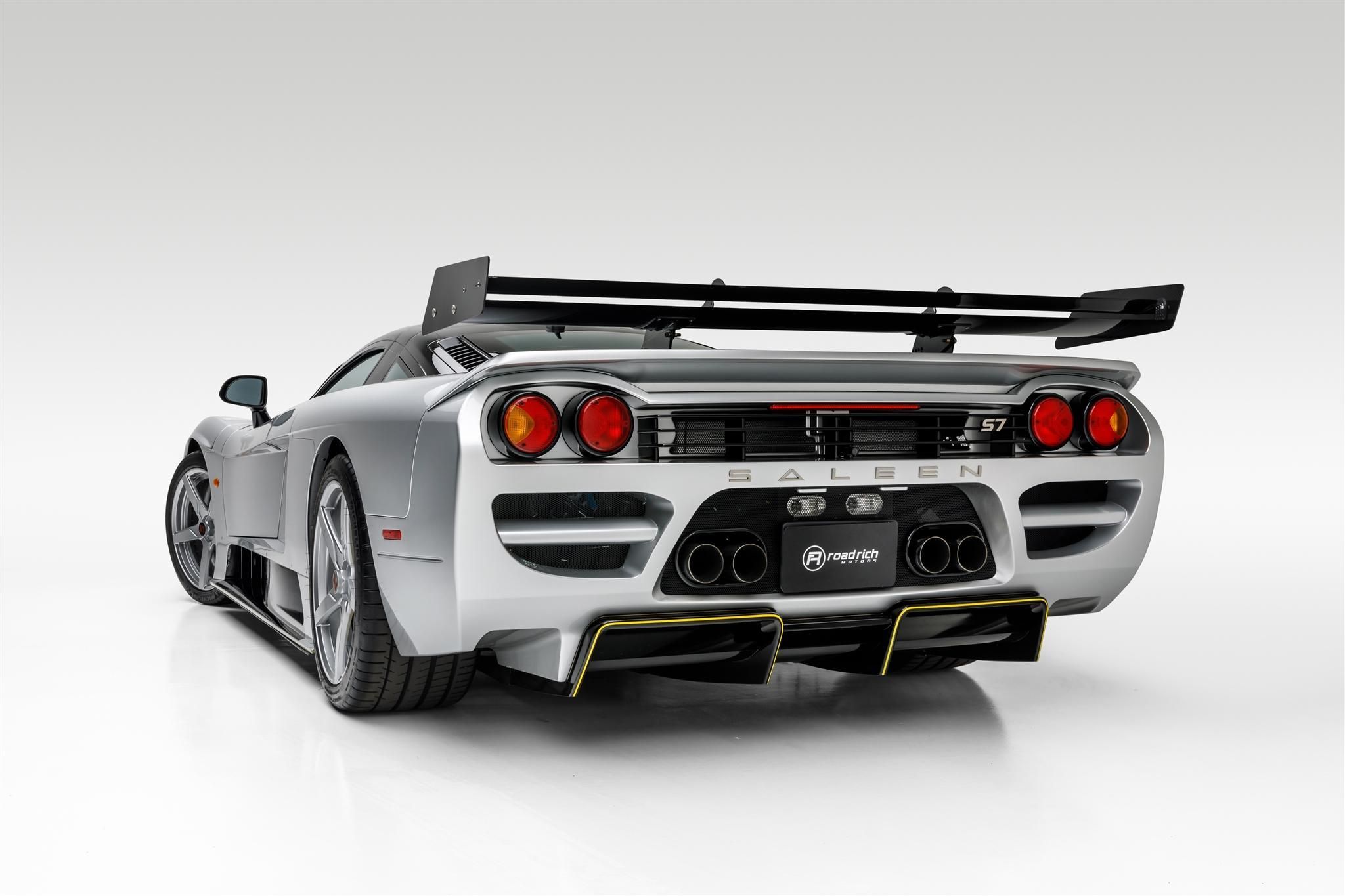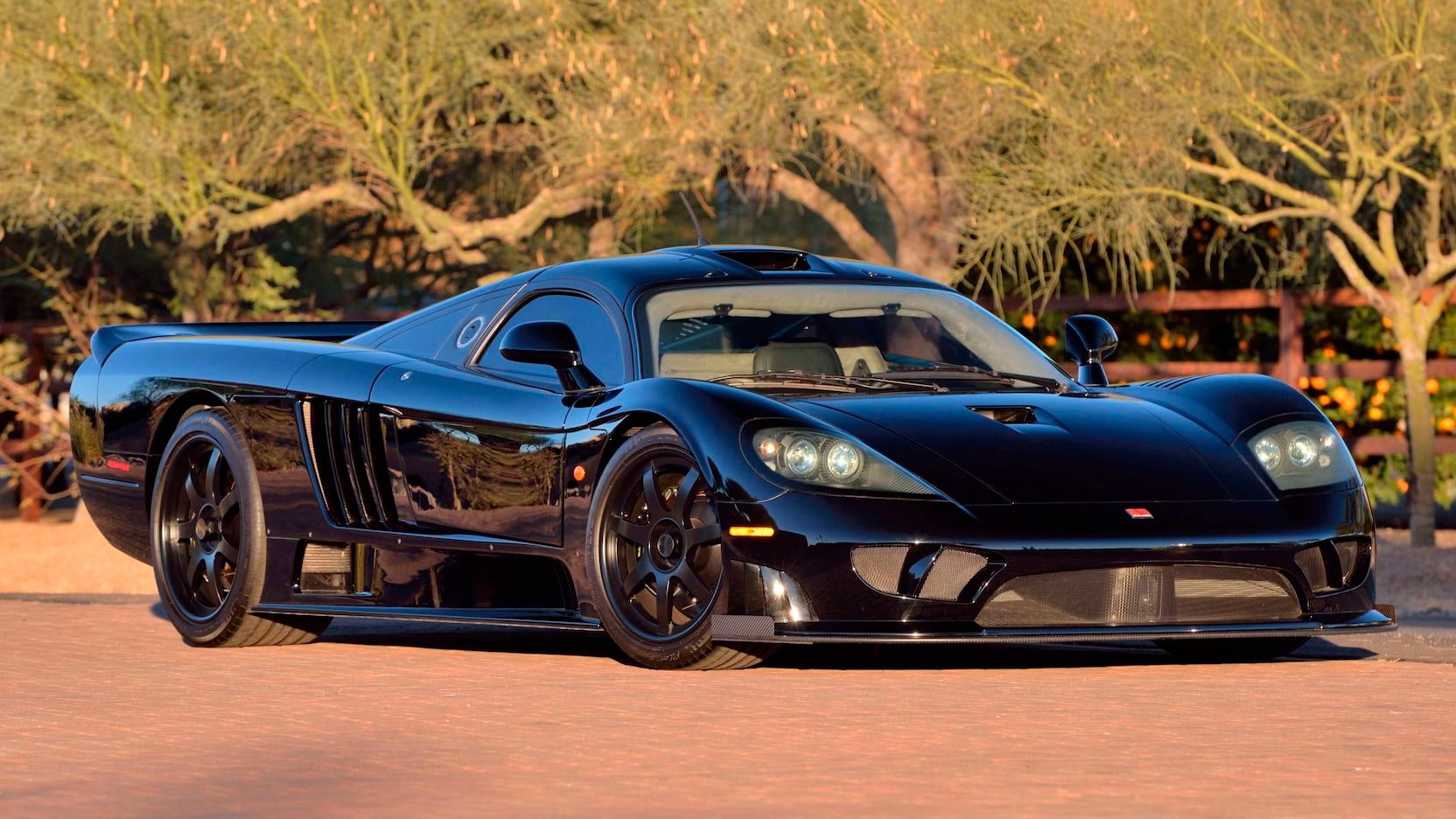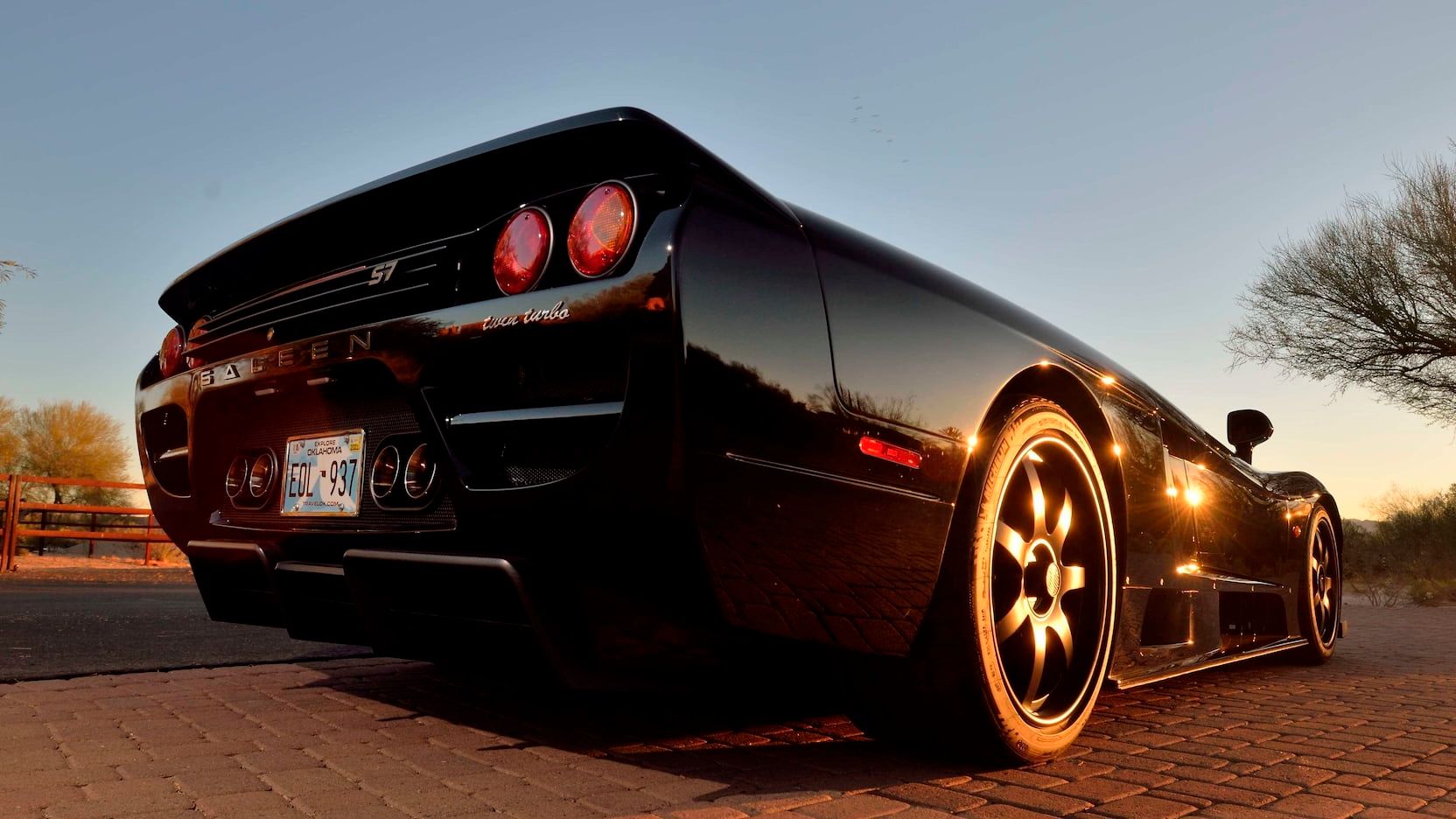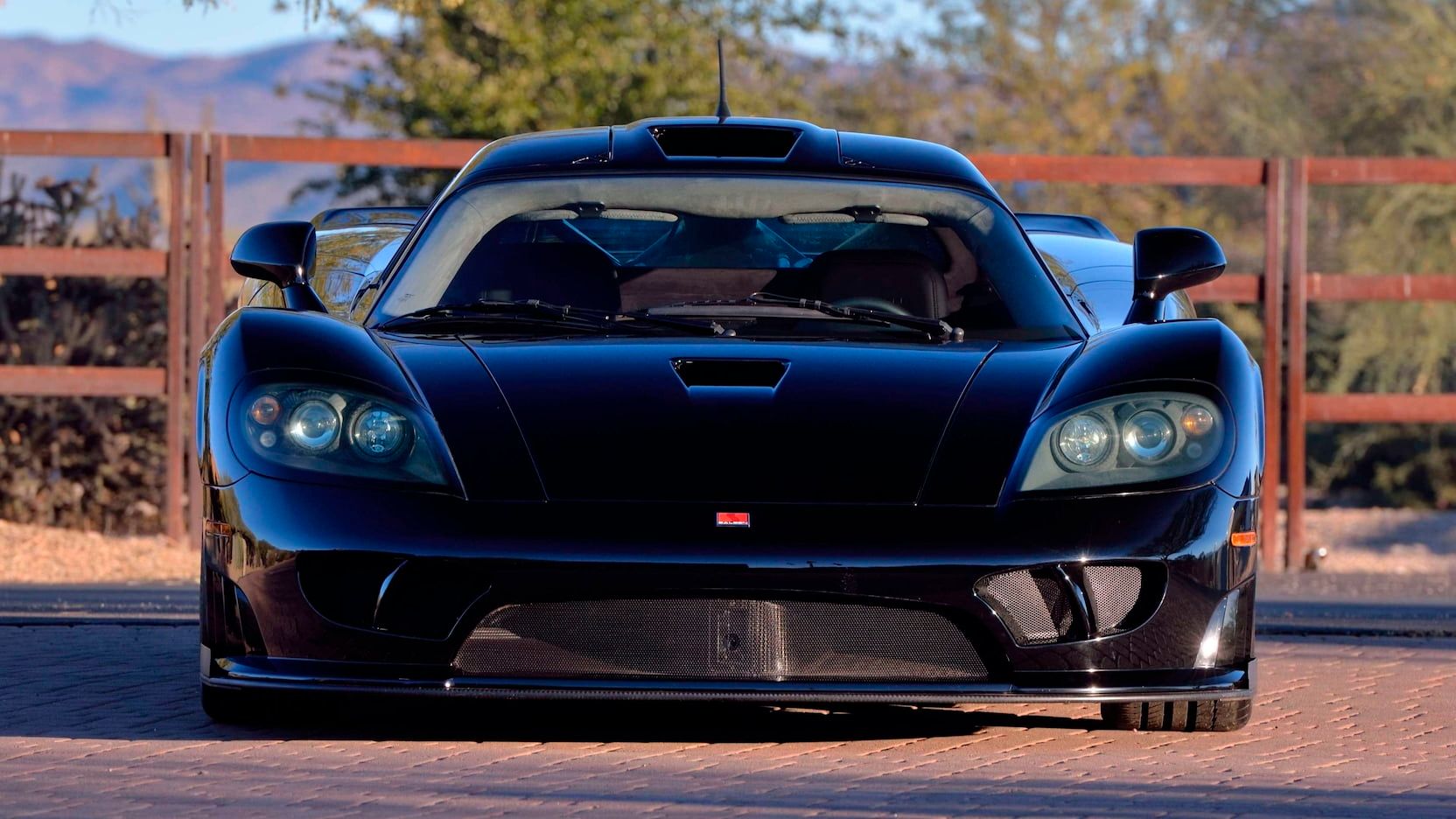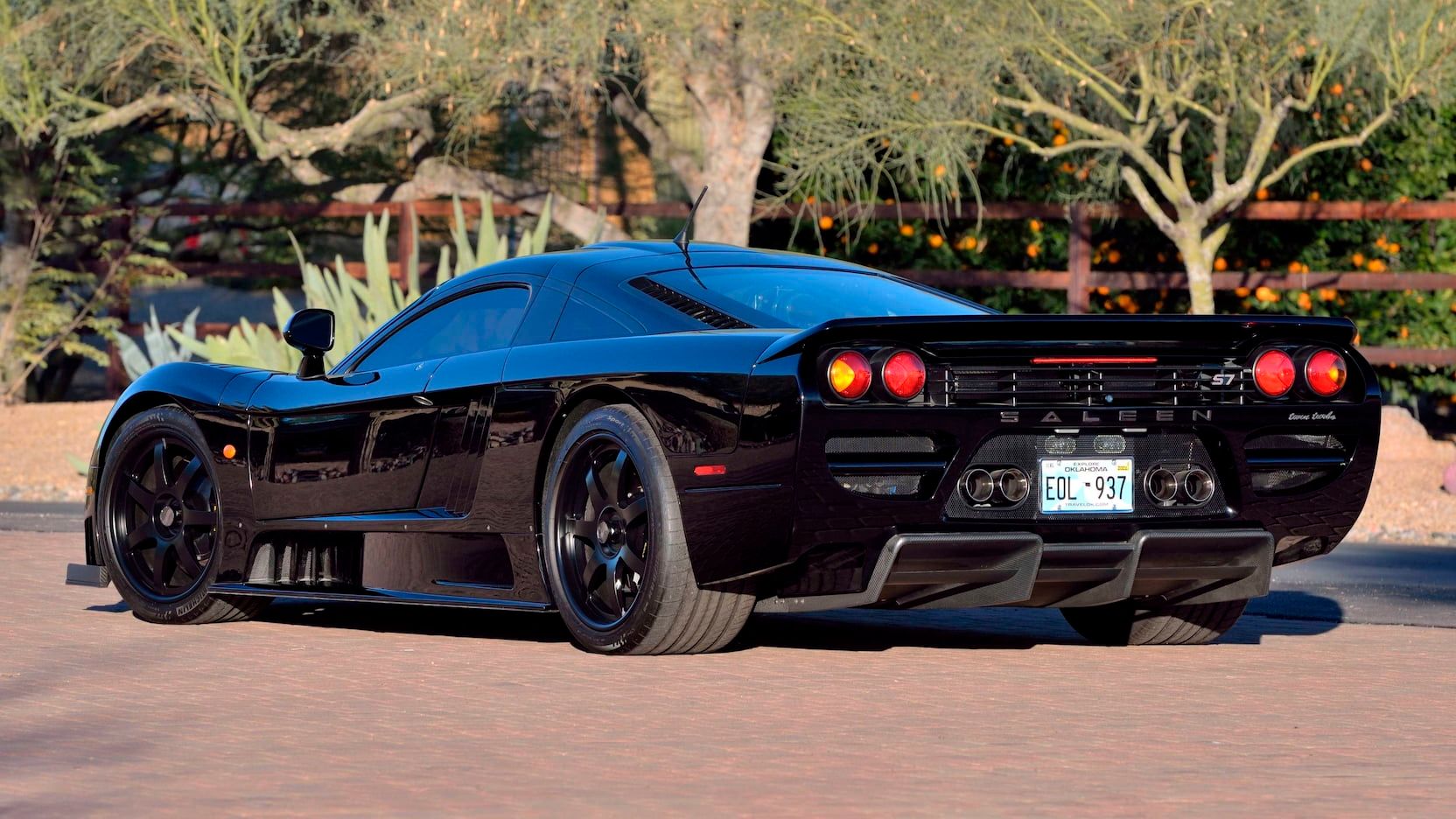To most people, Steve Saleen is a hotrodder that builds souped-up Mustangs, and there's nothing wrong with that. But his company, Saleen, also built a proper American mid-engined supercar. The Saleen S7 is one of the most interesting cars to come out of America. It was big, very powerful, and unmistakably American. It was the most powerful street-legal car when it came out and technologically very advanced. It is the car that gave Saleen manufacturer credentials, helped them secure the new Ford GT project in 2002, and sealed their legacy in motorsports history.
It was the dream car of a generation, having been featured in games like Forza and Gran Turismo series and a big-screen celebrity, driven by Jim Carrey in comedy classic Bruce Almighty. It even beat Ferrari on their own race track and looked good while doing it. As famous as the S7 is, some details can go missing. Here's what everyone forgot about the Saleen S7.
8 Engine was Derived from Ford
Saleen's relation with Ford goes way back, so it's no wonder that S7 was powered by a specially modified Ford Windsor 351. The engine was modified by Bill Tally, Saleen's race engineer. Tally bored and stroked the engine to 427 cubic inches (7 liters, hence the name) modified the head valves and tuned the engine
Saleen’s new engine used an aluminum small block design. This engine was far lighter than the 427 and produced more horsepower. The naturally aspirated engine produced 550 hp, twin turbochargers made 750 horsepower without breaking a sweat, and the competition cars made over 1000 horsepower with torque to spare.
7 Development Took 18 Months
Saleen started working on the car with a blank computer screen. The S7 was conceived by Steve Saleen, and designed by Phil Frank with the help of Steve Saleen. The company worked with very special contractors to develop the car. Contractors like Lola, Brembo, Ray Mallock, and Andy Coventry, who was the aerodynamicist of Williams F1 team.
The car was announced to the public in 2000, at the Monterey Historic Races. While the S7 wasn’t finished yet, it only took Saleen 18 months from the first line in CAD software to the public unveiling of the car. It was a testament to how efficient the company is.
6 It Was Aerodynamically Advanced
The Saleen S7 had a very sophisticated and functional design. First of all, S7 is a big car. 6.5 feet wide and 15.5 feet long, almost as long as an executive sedan, yet it was a beautiful car. But its most distinctive design elements are the gills. There are 60 gills on the carbon fiber body, and they were not just there for the looks.
Every one of those gills was functional and essential for the car to perform the way it does, whether creating downforce or cooling. The car underwent two separate wind tunnel tests. One in the University of Glasgow and one in Ford’s facilities at Dearborn, Michigan to maximize the car's usage of ground effects and aerodynamic advantages. All of this work resulted in the Saleen S7 generating its own weight in downforce while doing 160 mph. This means theoretically, you could drive it on the roof of a tunnel while maintaining grip.
5 Designed To Be A World Beater
Steve Saleen said that the motivation behind the S7 was to go after the pure performance. The car was designed to be competitive against the best of the best, both on and off the track. European manufacturers saw the Saleen S7 as the biggest American threat since the Ford GT40.
They were right. Saleen S7 was competitive in every aspect. Power-wise, it was tied with the Lamborghini Diablo, which was the most powerful production car of 2000. S7 was cheaper than the competition, and it was fast. Even the NA model could make 550 horsepower and hit 0-60 in 3.3 seconds with a top speed of 220mph.
4 A Great Racing Heritage
The Saleen was built to be a race car, and it shows. The street-legal models and competitive models were not very different, both in terms of style and power. S7 was built to win the LMGT1 class and the race tracks were where the real magic happened.
The Saleen S7R and S7LM models are some of the most successful sports cars that came out of America. They are also the most successful sports cars that derived from a supercar. The S7R raced 32 races in its maiden season, got 27 pole positions, and won 19 races. Overall, the S7 raced in 235 races, got a podium finish in 154 of them while winning 78 races. They raced all over the world and won 10 manufacturers championships for Saleen.
3 Le Mans Winner
The Saleen S7R is a rare sight in “American Cars raced at Le Mans” lists. So, the amazing results of the car are often overlooked. The car raced numerous times between 2001 and 2010. While the car’s performance was impressive, engine problems hindered the race results, having cost it a valuable win at the 2001 24 Hours of Le Mans
In 2010, only one S7R entered the Le Mans. It was also the year that the car had a trouble-free run. French team Larbre Compétition won the LMGT1 class in 2010, fulfilling Steve Saleen’s dream of winning the class. It’s safe to say that the Saleen S7R has gone out with a bang.
2 One Of The First Mid-Engined American Cars
Mid-engined cars were all the hype back in the day. For some reason, they weren't very popular in the US. Some special vehicles like the Vector W8 were built in very limited quantities. This made the Saleen S7 the first mid-engined American “production” car. The S7 itself is very rare and the real numbers are cloudy and change depending on the source.
It had a 40/60 weight balance and asymmetrical cabin layout. The seats were fixed in position with the driver seat moved slightly to the center to keep the driver’s weight as close to the center as possible. The S7 was also one of the most “practical” supercars, having two trunks for storage, thanks to the mid-engine layout.
1 Steve Saleen’s Pride and Joy
Steve Saleen built the S7 to prove that he is more than a guy who makes souped-up Mustangs. He was present in every little detail of the car. He dreamed about it, pushed the button to build it, searched for innovative contractors all around the globe, and talked to the contractors face-to-face. He overlooked and helped with the design and engineering of the car.
Thanks to this modern classic, Saleen became a respected manufacturer. They became a modern “Shelby American”, having been contracted by Ford to engineer and manufacture the new Ford GT in 2002, in the same assembly lines with the Saleen S7.

